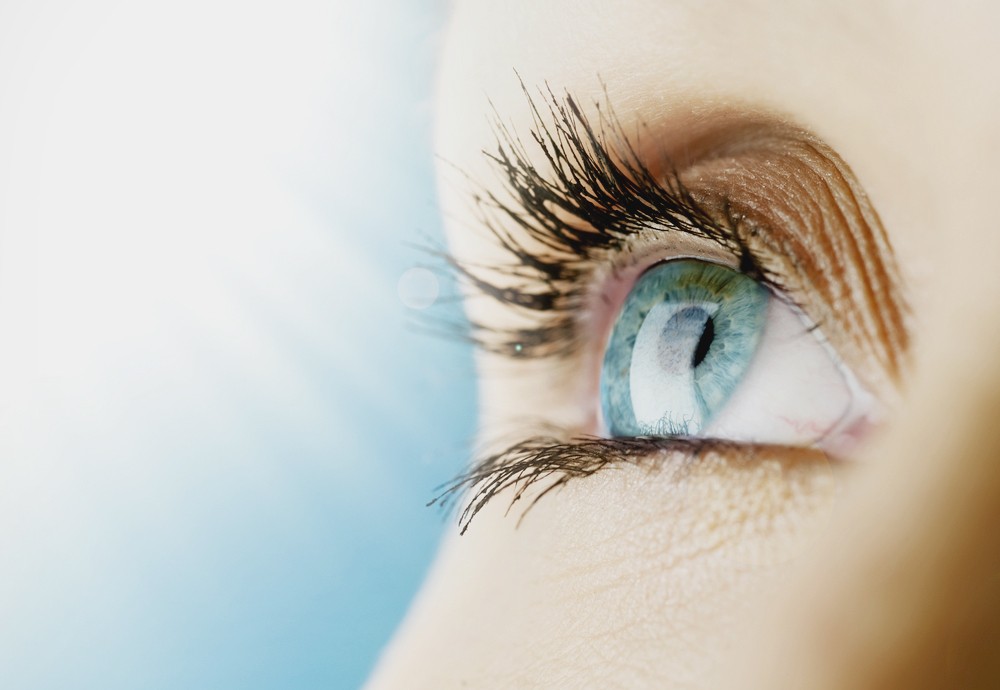Illuminate The Variety Of Variables That Contribute To Dry Eye Disorder, Decoding This Typical Issue And Equipping You With Practical Approaches To Manage It
Illuminate The Variety Of Variables That Contribute To Dry Eye Disorder, Decoding This Typical Issue And Equipping You With Practical Approaches To Manage It
Blog Article
Writer-Schwartz Mahmoud
If you have actually ever experienced the discomfort of dry eyes, you could be questioning what variables are at play. From age-related adjustments to environmental triggers and way of life practices, the sources of dry eye disorder can be intricate and complex. By unwinding the elaborate web of impacts that contribute to this condition, you'll get a deeper understanding of how to attend to and potentially relieve its signs. Remain tuned to discover the detailed interaction between different components that can bring about dry eye syndrome and discover methods to proactively manage this common ocular concern.
Elements Influencing Dry Eye Growth
Dry eye syndrome can be influenced by various elements that contribute to its growth. One substantial factor is age. As you age, your eyes might produce less tears or tears of minimal top quality, leading to dry skin.
Particular medical conditions like diabetic issues, thyroid disorders, and autoimmune conditions can additionally impact tear manufacturing and high quality, exacerbating dry eye symptoms. Hormone changes, particularly in ladies throughout menopause, can add to dry eyes also.
Furthermore, medicines such as antihistamines, decongestants, and antidepressants can lower tear production and cause dryness. Ecological elements like smoke, wind, and completely dry air can irritate the eyes and get worse completely dry eye signs.
In addition, extended screen time and digital tool usage can bring about lowered blinking, resulting in poor tear distribution throughout the eyes. Understanding these aspects can help you determine possible triggers for your dry eye signs and symptoms and take positive actions to handle and ease them.
Environmental Triggers and Dry Eye
Exposure to numerous environmental elements can considerably impact the growth and worsening of dry eye signs. Pollutants like dirt, smoke, and air pollution can aggravate the eyes, causing enhanced tear dissipation and dry skin.
Environment conditions such as low moisture degrees, high temperatures, and windy weather can additionally contribute to moisture loss from the eyes, creating discomfort and dry eye symptoms. Furthermore, investing extended durations in cool or heated atmospheres can lower air dampness, further worsening completely dry eye.
https://docs.google.com/spreadsheets/d/1kdssYiN-qqkXPYDyPO4MOH8LZU1VLKUARW3K5xcC7aY/edit#gid=278553509 of digital displays, usual in today's technology-driven world, can also stress the eyes and decrease blink rates, bring about inadequate tear production and dry eye issues. To decrease the impact of environmental triggers on dry eye, consider utilizing a humidifier, taking breaks from display time, using safety eyeglasses in windy conditions, and utilizing man-made rips or lubricating eye goes down as required.
Bearing in mind these ecological factors can help take care of and prevent completely dry eye signs successfully.
Way Of Living Behaviors Impacting Eye Moisture
Exactly how do your daily behaviors impact the dampness degrees in your eyes? Your way of life plays a substantial function in determining the health and wellness of your eyes.
As an example, not consuming alcohol enough water can bring about dehydration, causing your eyes to become completely dry and aggravated.
Additionally, investing expanded periods looking at screens can lower your blink rate, causing boosted tear dissipation and dry skin.
Smoking cigarettes is an additional way of living routine that can worsen completely dry eye signs, as it can irritate the eyes and add to tear film instability.
Additionally, consuming too much amounts of caffeine or alcohol can dehydrate your body, including your eyes, making them much more susceptible to dryness.
Lack of sleep can also influence eye dampness levels, as sufficient remainder is crucial for tear manufacturing and total eye wellness.
Verdict
In conclusion, understanding the various aspects that contribute to completely dry eye syndrome is key to managing and preventing this usual eye problem. By knowing age-related changes, medical problems, ecological triggers, and lifestyle behaviors that can affect eye dampness, newbies can take positive actions to ease completely dry eye signs and symptoms. Remember to remain hydrated, take https://www.optometrytimes.com/view/low-vision-rehab-in-diabetic-vision-loss from screens, and talk to a healthcare specialist for individualized recommendations on handling dry eyes.
